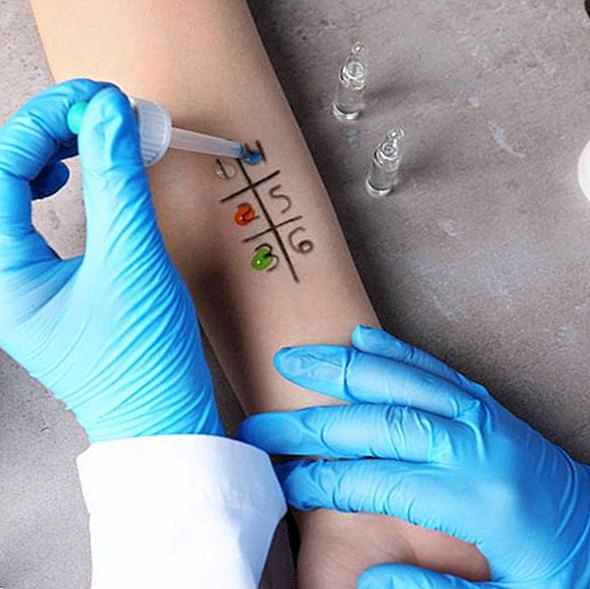Hyposensitization: Useful or not?

What is the hyposensitization?
Hyposensitization is supposed to reduce the symptoms of allergies or at best even completely prevented. The basic idea behind the therapy procedure is that the body gradually gets used to the allergen (eg pollen in hay fever) so that it no longer reacts to it. The procedure exposes the skin to the allergen over and over again. The dose is gradually increased. Colloquially, hyposensitization is also known as "allergy vaccination".
Why is hyposensitization useful?
Unlike, for example, treatment with medications that alleviate hay fever symptoms or the symptoms of other allergies (such as insect venom allergy or house dust allergy), puts the hyposensitization as the only method on the cause of the complaints: Hypersensitivity to an allergen. Although the allergy as such can not be reversed by hyposensitization, the likelihood of allergic reactions is minimized. Less allergenic symptoms significantly improve the lives of those affected? also, if a cross allergy exists.
How does the hyposensitization work?
As much as the hyposensitization can bring? Patients need to be patient with the treatment. In the initial treatment (increase phase) the allergen extract is injected weekly under the skin. One speaks also of a subcutaneous treatment. The administered dose is increased each week up to a defined maximum amount. If no side effects occur, you can go from the increase phase to the so-called maintenance therapy. In this the doctor squirts the solution in the maximum amount once a month.
The procedure usually runs over three years. However, there is also a so-called short-term therapy ("preseasonal" immunotherapy). Here is treated only in the period before the pollen season ? with at least three repetitions, which also means this procedure takes three years. The insect poison allergy has a special status: the hyposensitization against this allergy lasts five years instead of three years.
By the way: There is another form of hyposensitization. In sublingual immune therapy, the allergen is placed daily by the patient in the form of a drop or tablet under the tongue and swallowed after a while. This form of hyposensitization is not suitable for every allergy.
For whom is hyposensitization suitable?
Not all allergic persons can perform hyposensitization. The therapy is useful if:
- it has been proven that the symptoms come from a specific allergy,
- the allergen is unavoidable in everyday life (for example, due to over-distribution),
- severe symptoms are unlikely to improve with other treatments,
- the patient is older than five years.
Dust allergy, atopic dermatitis, latex allergy and co.: When should I not make the treatment?
Conversely, there is also Cases in which the therapy can not be used. These include:
- Asthma, which can not be controlled enough despite treatment
- Severe cardiovascular, current cancer and autoimmune diseases
- Treatment with beta-blockers
- pregnancy
- nickel allergy
Individually The doctor can make a decision as to whether the hyposensitization makes sense. This also applies if there are cross-allergies.
Video tip: Cold allergy: So extremely reacts a 21-year-old to minus degrees











